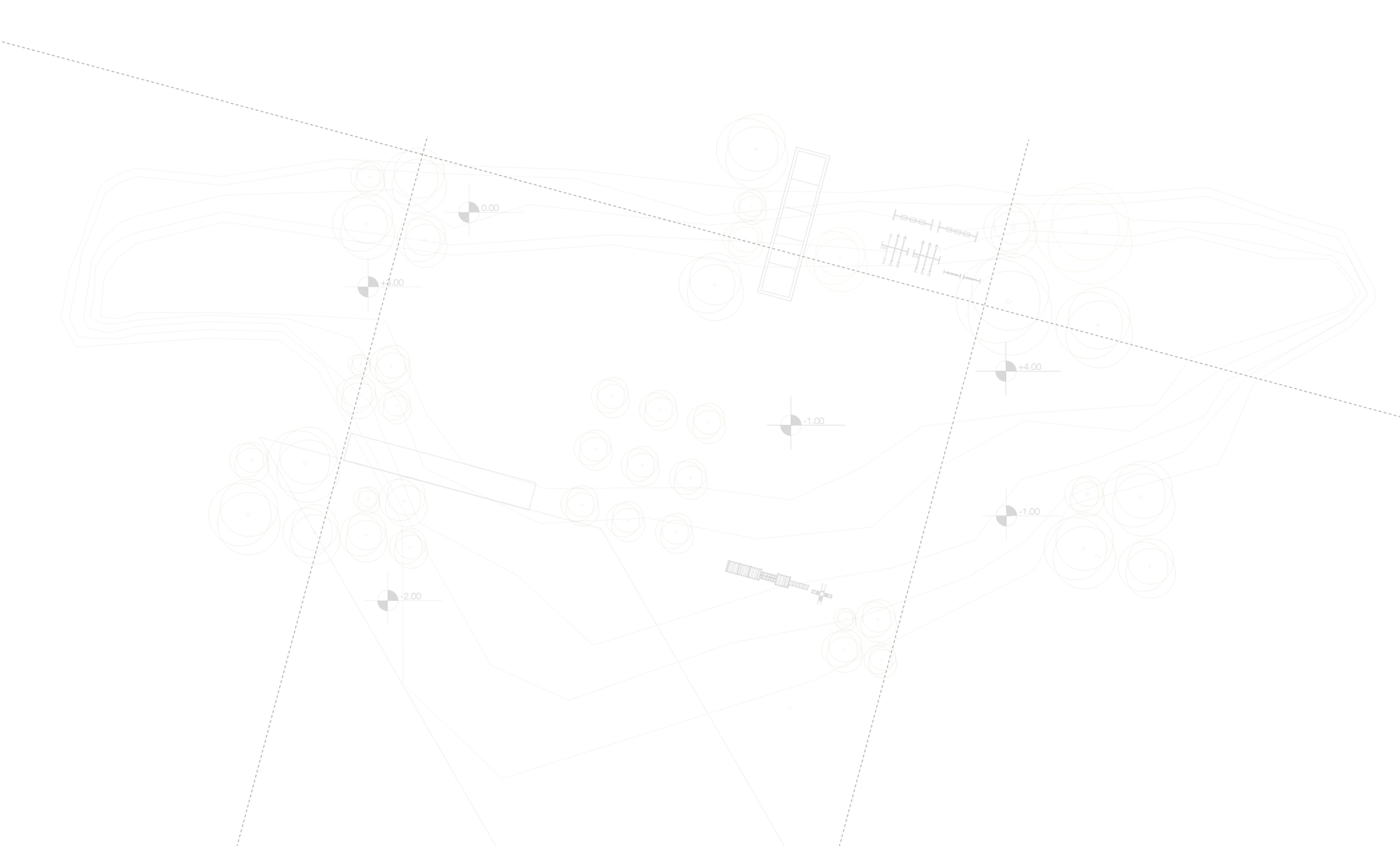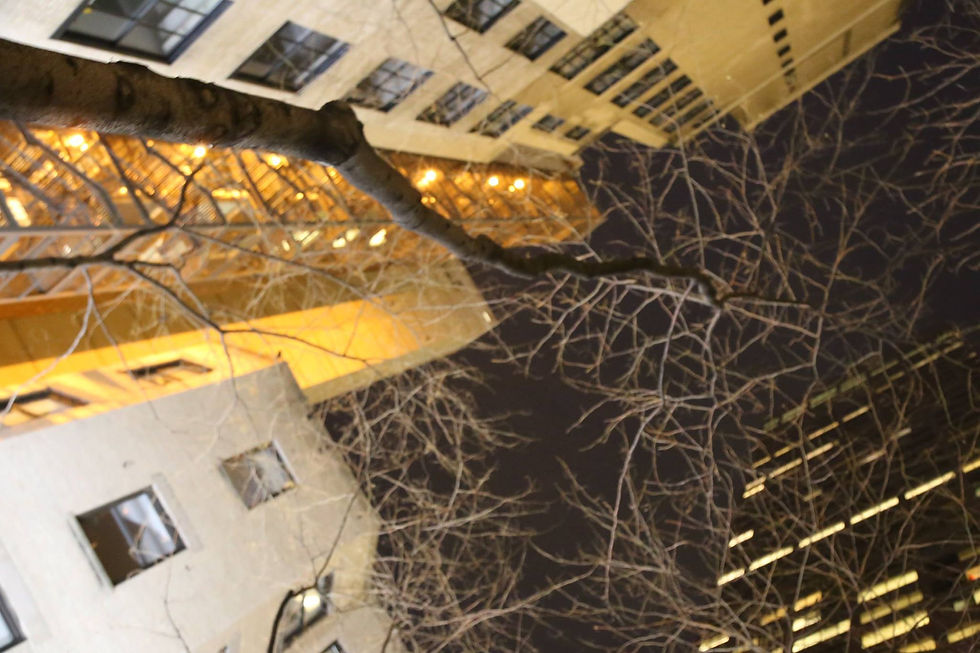
Claudia Stoll
Ecological Design & Planning
Claudia Stoll




























My education has been unique in a variety of ways, and despite studying such a wide range of subjects, the depth in which I pursued landscape design is just as extensive. My liberal arts education has given me the critical thinking skills necessary for quick learning and application in a variety of subjects, but It is through landscape architecture that I finally saw the intersection of my talents, education, and passion.
I believe in the intersection of art, design, theory, sociology, ecology, and activism, and that through landscape architecture I can explore and intersect these fields to make a difference. Through my research, I can understand and analyze theory and science. Through my design, I can apply research and creativity to express my vision and create spaces that have an impact on a variety of levels and scales.
This profession is my passion, and I have and will continue to pursue it with an open mind, a dedicated heart, and an industrious hand. The body of work that follows is all of my creation. While I cannot include all of the layers of each project, I hope it is clear to see my diligence, attention to detail, and graphic capabilities.
What is Ecological Design Theory?
Ecological Design Theory is the intersection between design and ecology. It is the understanding of environmental and human processes which produce dynamic and responsive landscapes. It is seeing landscape as a system, integrating ecosystem diversity and sustainability with man-made components and design principles. It is creating inhabitable space that is both biotic and abiotic, human-related and environmentally sustainable, spatial and temporal, a mosaic of natural and human ecosystems. It is not only an understanding of theory, but an application and practice of the skills needed to create pruposeful landscapes. Finally, it is the belief that all of these components are not separate or combative, but rather have the potential to coexist and support each other in design.
Skills:

Adobe Suite
InDesign, Illustrator, Photoshop, Lightroom
Beyond just basic skills, I have learned these programs to fluency through classes and learning on my own. I greatly enjoy learning how to use design programs, so many of the skills I've obtained are unique and professional.

2D and 3D Modeling Programs
Autocad, Sketchup, Rhino
As with image editing, I have taken classes and learned these programs on my own to fluency.

Physical Model Building
Working with raw material, laser cutters, and handtools
Building models helps substantiate complex ideas. I have incorporated these skills into many of my projects.

Graduate-Level Skills
Research, writing, design, group work, leadership, and presentation
From specific research projects to theoretical investigations, I have taken graduate level landscape classes to qualify these skills.
